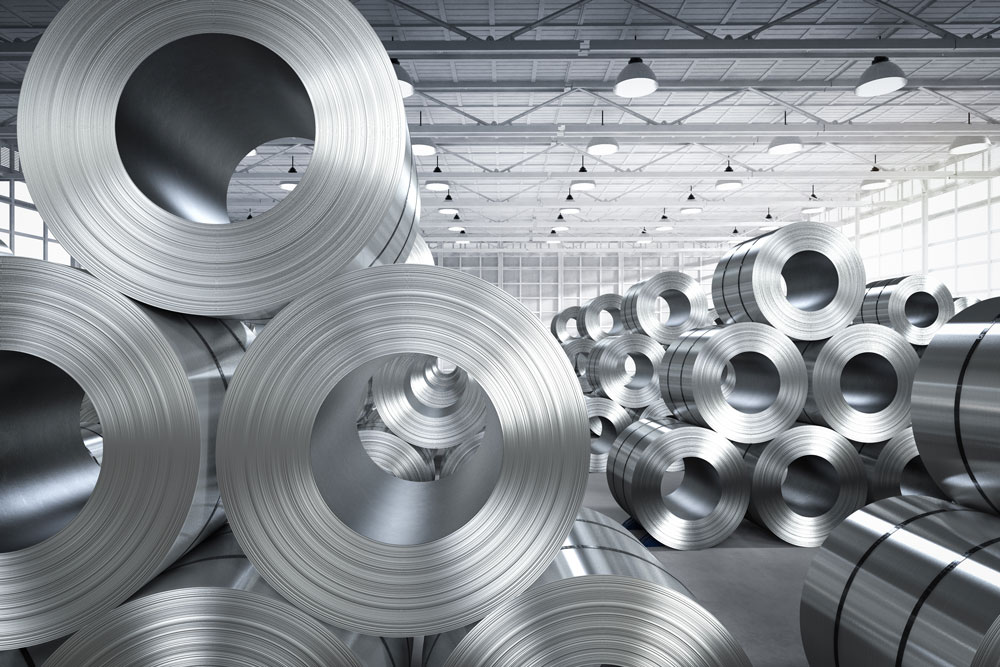What’s the Difference Between Steel Fabrication and Metal Fabrication

Steel fabrication and metal fabrication are two material-based part manufacturing process with similar outlook based on the word “fabrication”, but differences in materials and compatible processes.
Differences between both terms is easy to solve by saying steel fabrication is a concept under the broader metal fabrication. However, this will not capture the full extent of their differences. This article gives an overview of both terms and what makes them really different.
Metal Fabrication vs Steel Fabrication
Metal fabrication is a broad term for manufacturing processes for shaping, cutting, forming, and assembling metal parts or components. These processes which include CNC machining, welding, plasma cutting, water jet cutting, etc., uses machines, tools, and techniques on to work on raw metal stocks like sheets, plates, tubes, and bars to create the designed metal parts.
Steel fabrication is a material based concept under the broader metal fabrication processes. This means that the term is for metal fabrication processes that are compatible with all steel alloys, including carbon steel, stainless steel, and galvanized steel and are in different forms including sheets, plates, tubes, and bars
Key Differences Between Steel Fabrication and Metal Fabrication
From the overview above, the main difference between steel and metal fabrication is the material. Steel fabrication focuses on working exclusively with steel materials, whereas metal fabrication encompasses a broader range of metals. But this lead to some minute differences in the applicable processes available.
All steel fabrication techniques are metal fabrication techniques, but not all metal fabrication techniques are steel fabrication techniques. Using this sentence, it is evident that there are changes to the techniques mainly due to steel inherent properties. Below is a comparison of the different steel fabrication techniques
Welding
Metal fabrication welding processes include MIG (GMAW), TIG (GTAW), or Arc Welding. In terms of steel, the steel welding techniques are more advanced due to steel’s strength-to-weight ratio and hardness. Hence, precision welding services working with steel use submerged arc welding or flux-cored arc welding especially for thicker steel plates.
Cutting
Metal and steel fabrication uses cutting techniques like sawing, drilling, or waterjet cutting. The only addition is that steel cutting techniques are more aggressive because of the material’s hardness and density.
When metal fabricators are working with steel, they employ band saws, circular saws, or abrasive cut-off wheels, those working with softer materials like aluminum will use similar tools but with adjusted settings
Bending
Both types of fabrication involve bending processes like rolling, pressing, or tube forming. However, steel fabricators often require more precise and controlled bending techniques to maintain the structural integrity of steel components.
Finishing
Both types of fabrication involve finishing processes like grinding, sanding, or coating. However, steel fabricators often require more specialized finishing techniques due to steel’s high durability and corrosion resistance. Metal fabricators working with steel frequently use shot blasting or sandblasting to prepare surfaces before applying coatings although they might adjusted the intensity for softer metals.
Conclusion
While steel fabrication and metal fabrication share common processes and techniques, they differ in material specificity, process requirements, and application considerations. Understanding these differences will help you choose the right type of fabrication or metal fabrication shop needs and ensure that your products meet the required standards.






